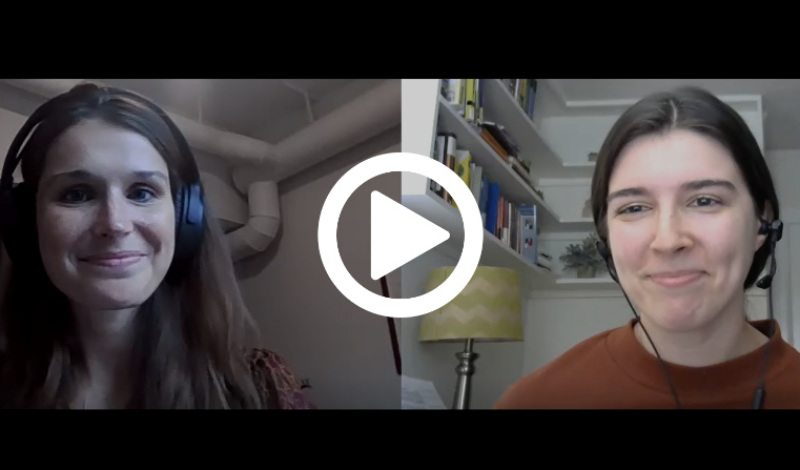
News Goggles: Emilie Munson, Times Union
This week, we talk to data reporter Emilie Munson of the Times Union, a local news organization based in
Bias is one of the most controversial and important subjects in news literacy. People frequently perceive bias in news coverage, and accusations of bias are common in a wide variety of discussions and contexts. However, people generally perceive bias through the lens of their own perspectives, values and beliefs, especially if they have a strong opinion about the topic being reported on. This can cause people to engage in confirmation bias — the tendency to quickly embrace information that affirms their perspectives and beliefs and to unfairly dismiss or criticize information that complicates or contradicts them.
Because biases are baked into how we see and understand the world, people often fail to consider them when seeking or evaluating information. People also tend to only perceive bias in reporting that they consider to be against their beliefs or opinions. News coverage that is biased toward someone’s beliefs or opinions would likely just feel “right” to that person, which may help explain the popularity of openly partisan news sources.
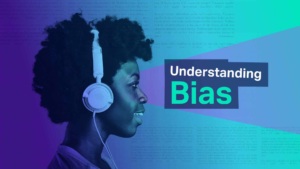 Because everyone has innate biases (based on their life experiences, or what they are told by their family, their friends and their teachers, or other factors), determining what constitutes bias in news coverage is extremely challenging. In fact, it’s not uncommon to see a single news report attracting conflicting accusations of bias — about its headline or an accompanying photo; about its placement in a news broadcast, in a newspaper or on a website; or about how much (or how little) coverage is devoted to its topic.
Because everyone has innate biases (based on their life experiences, or what they are told by their family, their friends and their teachers, or other factors), determining what constitutes bias in news coverage is extremely challenging. In fact, it’s not uncommon to see a single news report attracting conflicting accusations of bias — about its headline or an accompanying photo; about its placement in a news broadcast, in a newspaper or on a website; or about how much (or how little) coverage is devoted to its topic.
Finally, many conversations about bias lack specificity and nuance — in part because such discussions can become emotional, and in part because many people lack the conceptual tool set to evaluate bias and underestimate its complexity. For example, not only do people frequently forget that their own biases influence their perceptions of news coverage, they also often believe that most bias in news is overt (rather than perceived and debatable) and intentional (rather than incidental). Further, it is easy to treat the perception of bias as the end, rather than the beginning, of the process of evaluating news coverage.
But asking the following critical questions can help students fully assess the degree of impartiality or bias in a given piece of news: Could this report have been fairer? Reported more dispassionately? How? What other images or sources were available when it was published or broadcast? Was it one report in a series about a particular subject, or does it stand alone? How does it compare with other reporting from the same outlet? From other outlets?
The poster linked below introduces students to the following five types of possible bias in straight news coverage:
This poster is adapted from the “Understanding Bias” lesson in our Checkology® virtual classroom. Use it with that lesson or on its own.
This week, we talk to data reporter Emilie Munson of the Times Union, a local news organization based in
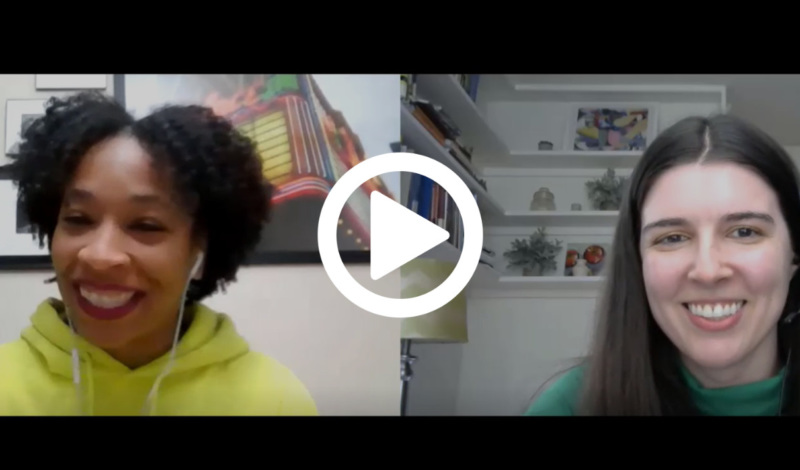

This week, we talk to Candace Buckner of The Washington Post about her role as a sports columnist. Buckner
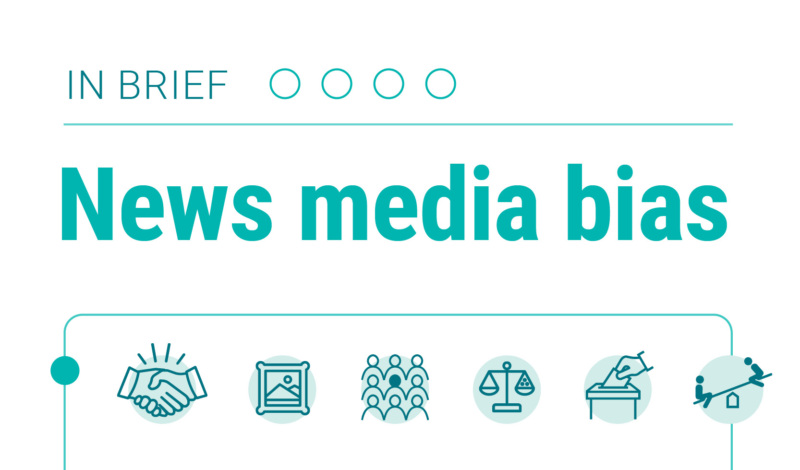

Infographic with six tips on how to think more clearly about news media bias and a list of different
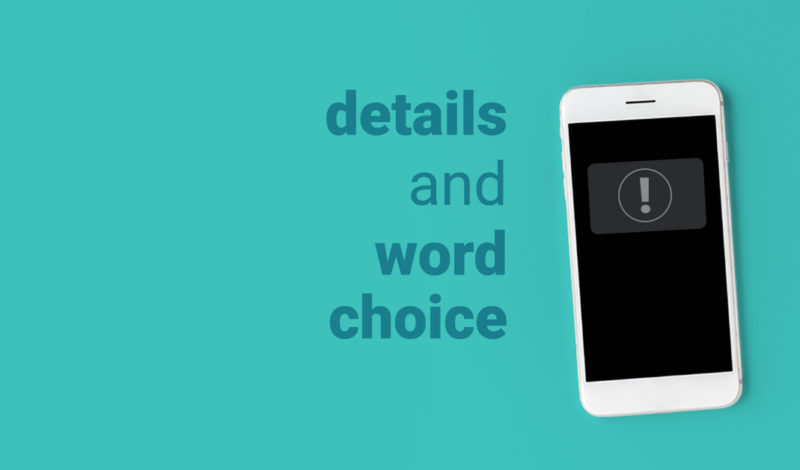

Let’s use our news goggles to examine news alerts and consider what factors shaped their wording in journalists’ efforts
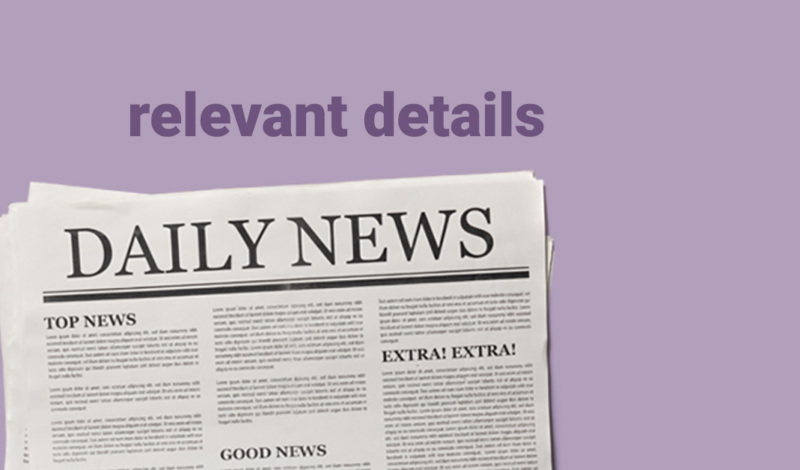

In this edition of News Goggles, we’re going to compare three headlines and examine different approaches by news organizations



